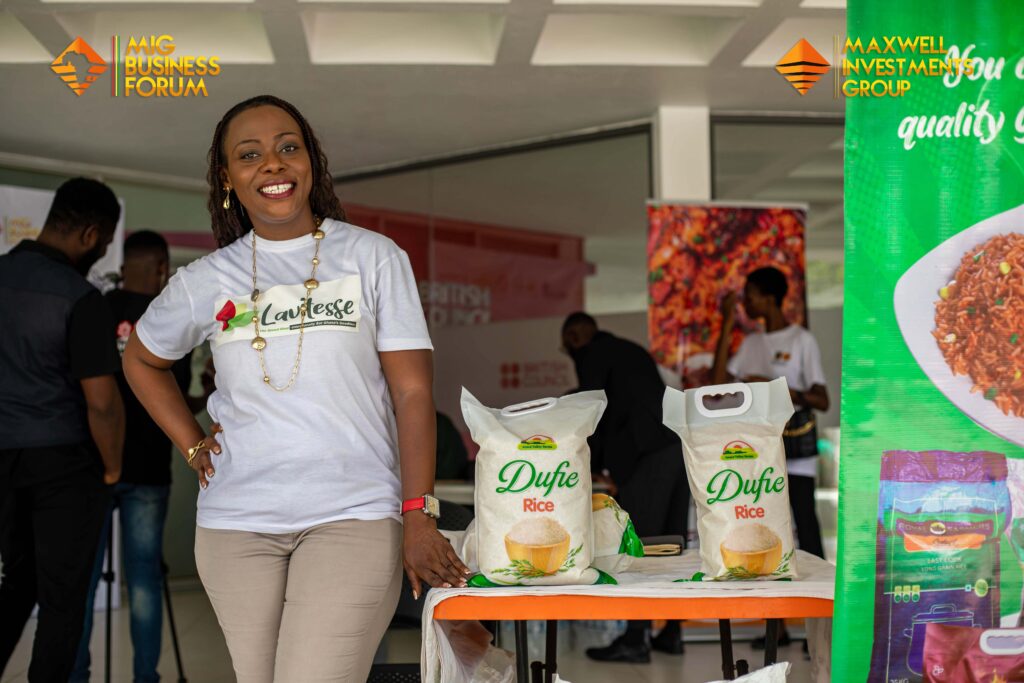The Strategic Case for a Ghana Food-Security Bond.
Feeding Ghana today feels like walking a tightrope during a storm. Everything, from prices to weather to supply, is unpredictable. I should know; I’m in the agribusiness industry. The cost of basic food items in Accra can swing wildly from week to week. Imported rice fills our markets, not because it’s better, but because it’s cheaper and more consistent. Meanwhile, local poultry farmers are being undercut by frozen chicken imported from overseas. These imports often arrive in bulk, heavily subsidised by foreign governments, making it nearly impossible for Ghanaian farmers to compete. Fertiliser prices are also spiking. And the rains? They’re no longer reliable. Sometimes, they arrive too early, sometimes too late. Occasionally, they don’t come at all. For a country that still relies heavily on rain-fed agriculture, that’s like running a business with no idea when your supplies will show up. Beneath it all lies a deeper issue that we don’t discuss enough. Ghana is heavily reliant on global supply chains for its food. When these chains operate effectively, they help keep prices low. However, when they break, as they did during the COVID-19 pandemic or when war disrupted grain exports from Ukraine, they not only raise costs but also leave people hungry. The reality is this: our current system is fragile. No matter how many good harvests we have, they will not suffice if we cannot store, distribute, or buffer against shocks. That’s why Ghana needs more than farming. We require financing – long-term, intelligent, and accountable financing that enables us to prepare for disruptions before they occur. We must understand how the Ghana Food-Security Bond represents a bold and structured approach to raising money now, enabling us to build a sustainable food system not only for this season but also for future generations. What is a Food-Security Bond? A Food-Security Bond is a special type of government-backed financial tool. It allows the government to borrow money from investors, but with a specific promise: that the funds will only be used to strengthen the country’s ability to feed itself. Think of it like taking a loan from responsible lenders to build long-lasting food security infrastructure. Unlike general borrowing, where money can be spent on anything, these funds are ring-fenced. That means they are locked in and can only be used for targeted investments in the food system. These include things like building irrigation systems, expanding local fertiliser production, upgrading food storage facilities, or expanding nutrition-focused school feeding programmes. This bond essentially treats food security as a form of physical infrastructure, similar to how we invest in roads or electricity. It makes food resilience measurable and attractive to investors. Capital is raised upfront. The government gets the funds at the beginning by selling bonds to banks, pension funds, or development institutions. Funds are tied to outcomes. Investors and the public will know what the money is intended to achieve, such as reducing post-harvest waste, increasing average yields, or stabilising food prices. Repayment is structured over time. Ghana gradually repays the money, either through tax revenues, cost savings, or with the support of international institutions that can provide guarantees. It’s not a one-time project or political promise. A Food-Security Bond is a serious financial commitment, backed by law and performance tracking, aimed at the most basic and critical function of any nation: ensuring that its people can afford to eat. What a dedicated bond would fund The money raised from a Food-Security Bond wouldn’t be distributed widely. Instead, it would concentrate on addressing very specific issues within Ghana’s food system, issues that influence what we eat, what we pay, and how much we waste. Here’s what a dedicated bond would help finance. Agro-Rings Infrastructure: These are agricultural zones surrounding major cities. They bring food closer to where people live. The Food-Security Bond would support the construction of irrigation systems, small access roads, cold storage units, and collection hubs in these areas. This will enable farmers to grow more and transport their products to market without spoilage. Digital Traceability Tools: This includes technology that helps track food from farm to fork. For example, apps that inform you when tomatoes are harvested or tools that connect buyers with nearby farmers. It builds trust, reduces waste, and gets farmers fairer prices. Access to Fertilisers and Seeds: Many farmers struggle to buy inputs at the right time. The bond would help pre-finance high-quality seeds and fertilisers, which would be distributed through cooperatives. Farmers could repay after the harvest, reducing upfront pressure and boosting yields. Expanding Buffer Stocks: Ghana needs to properly store food—especially grains and staples. The bond would finance modern warehouses in various regions, ensuring food safety, minimising price fluctuations, and assisting during emergencies. Nutrition-Linked Interventions: Malnutrition remains a silent issue. The bond could finance school meals, local food fortification, or subsidise basic food items in high-poverty areas. Enhanced nutrition leads to improved health, education, and productivity. Each of these areas is practical, high-impact, and visible. This translates to better-fed children, stronger farms, more local jobs, and a country that can stand on its own two feet during global food shocks. Why Ghana is ready for this Ghana already has several strong institutions and financial tools in place. These serve as pillars that can support a more coordinated national strategy for food security. We don’t need to build everything from scratch. Here’s what we already have: Ghana Commodity Exchange (GCX): This is a formal marketplace where farmers, traders, and processors can buy and sell produce in a transparent and regulated way. It ensures fair prices, reduces exploitation, and connects smallholder farmers to larger markets. Buffer Stock Company: This government-run company helps stabilise food availability and prices. It buys surplus food when there is an excess in the market (to prevent prices from crashing) and releases reserves when there is a shortage (to prevent prices from spiking). It serves as Ghana’s food safety valve. Green and social bonds: Ghana has already issued bonds to raise funds for environmental and social goals, such as renewable energy, sanitation,
The Strategic Case for a Ghana Food-Security Bond. Read More »




